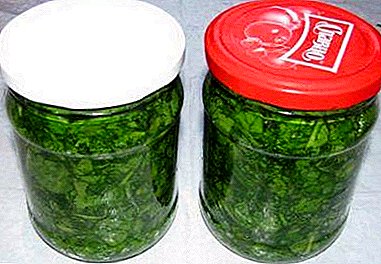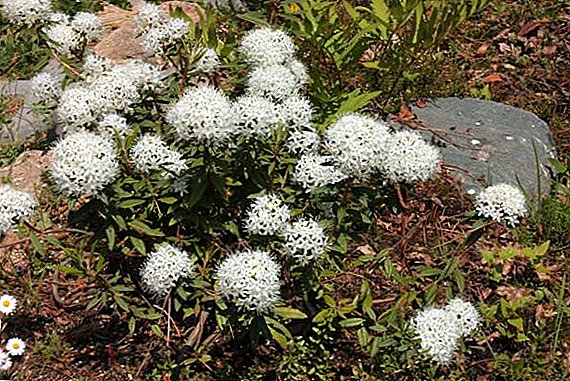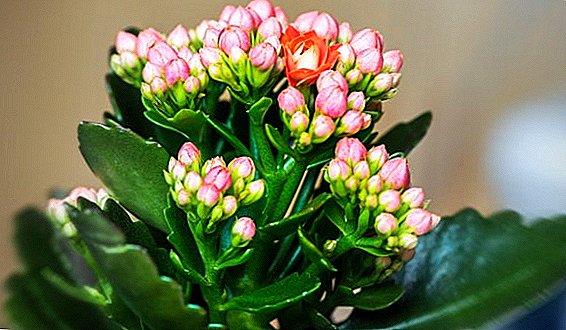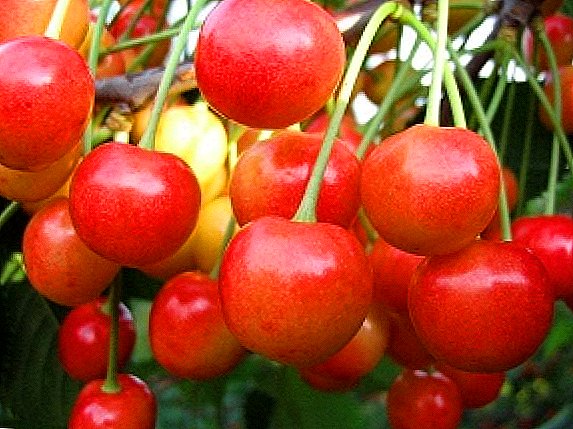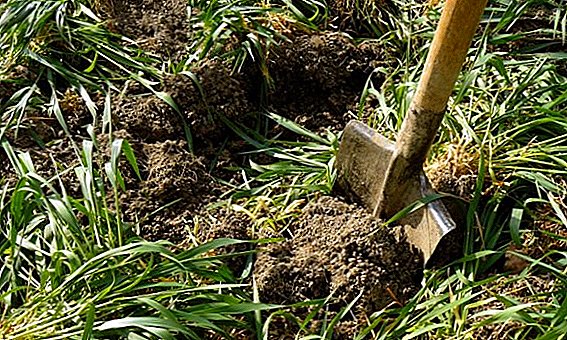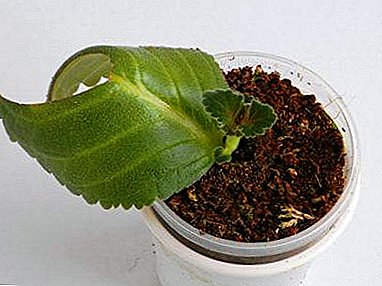
Fans of flowering houseplants have grown these beautiful, bright and unpretentious gloxinia flowers on their window-sills for quite some time.
Inexperienced flower growers believe that the reproduction of this plant is troublesome and painstaking, but if you know all the features and rules of breeding gloxinia, then it will be easy and even enjoyable.
Then you can find information on how to grow a flower from a single leaf and see photos of gloxinia obtained using this method. What to do after roots and gloxinia rules appear at home. And also what possible problems may arise with this method of reproduction.
How best to plant a plant?
The most common way of rooting gloxinia - is rooting of the leaf cutting (leaf). This can be done in water or soil. Rooting in the ground is more convenient, since after the appearance of the roots, the plant does not need to be transplanted, and gloxinia in the earthy mixture receives more nutrients and develops faster.
When is the best rooting?
Spring and the beginning of summer are considered to be the most suitable time for rooting the gloxinia leaf cutting. Then the plant will have enough time to form a new tuber and to prepare for winter dormancy.
Young leaves of gloxinia are best cut off during the budding period of the plant. At this time, the leaves have great vitality and quickly release the roots. If the leaf is slightly wilted, it can be revived by putting it in the water for a while - it will become elastic again.
Important! Cut the leaf correctly with the handle, the length of which is not shorter than 2-4 cm.
Correct fit
The method of breeding Gloxinia leaflet is considered the easiest and most affordable, which even an inexperienced florist can handle. Rooting gloxinia can be by placing a piece in the water or immediately in the ground.
Step by Step instructions for growing a flower from a leaflet
For rooting gloxinia in water it is necessary:
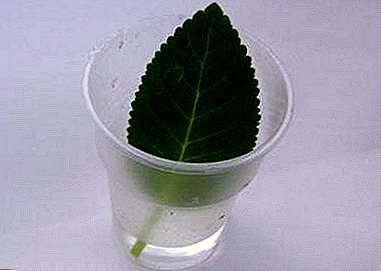 cut a young healthy leaf from a mature plant;
cut a young healthy leaf from a mature plant;- pour chilled boiled water into a transparent glass, place a leaf there so that only the lower part of the cutting is in the water;
- cover the glass with a leaf with a transparent plastic bag and place in a warm, well-lit place;
- once a day, the greenhouse should be ventilated, removing the bag from the glass for a few minutes, while keeping an eye on the water level in the glass and, if necessary, topping up it.
Cut the sheet from the mother plant with a sharp sterile blade or razor.
For rooting gloxinia in the ground, you must:
- cut a young leaf from a healthy plant;
- make drainage holes in a plastic cup and put ready-made soil in there - it can be a mixture for violets;
- to moisten the substrate and place a sheet in it at an angle of 45 degrees, after having powdered the cutting of the cutting with a powdered root growth stimulator, the cutting must be powdered with “Root's” no more than 1 cm from the cutting;
- You can put a leaf in a clean vermiculite or peat tablet, which should be soaked in water beforehand;
- cover the glass with a handle with a transparent bag and place in a warm, well-lit place;
- air the greenhouse once a day, removing the bag for several minutes;
- water the soil as it dries.
Good to know. Gloxinia can be rooted not only with a whole leaf, but also with its fragments, cutting the leaf with a sharp blade along the veins into several parts.
From the video you will learn how to propagate Gloxinia leaf:
What to do next?
The first roots of the leaf may appear after one or two weeks. This becomes immediately noticeable if the leaf is rooted in a cup of water. When the roots grow 1 cm long, the leaf can be transplanted into the ground.
It can be a soil for violets or a nutritious, loose soil mixture (how to prepare the soil for gloxinia correctly?). The earth is poured into a pot, moistened, the stem with roots is carefully planted to a depth of 1 cm and covered with earth (how to choose a pot for gloxinia, and you can learn about the features of planting and watering the plant here). The pot with the planted stem is covered with a transparent bag and placed in a bright place until the "babies" appear.
If the gloxinia stalk is planted in a vermiculite or a peat tablet, then after the formation of the roots, it must also be transplanted into a nutrient earthy mixture. The leaf, planted immediately in the ground, does not require transplantation after the formation of roots.
Flower photo
Below you can see how the gloxinia grown from one leaflet looks like.




Care rules
After transplantation into nutrient soil, Gloxinia will release the baby in 1.5-2 months (about how to transplant gloxinia and properly care for it, read here). After the appearance of "kids" plastic bag should be removed. The transplanted plant must be watered periodically. But to feed the young Gloxinia can be no earlier than a month after planting in the ground and provided that the seedling is healthy and well developed.
it a plant that prefers a lot of light, but not a bright sun. Suns can cause burns on gloxinia leaves. For a young flower it is better to choose a place well lit but shaded from the sun. In order for the bush to develop properly, the pot should be periodically turned by different sides to the light.
During the germination of the tuber, the air temperature should be about 25 degrees Celsius - this will contribute to the rapid growth of new shoots.
How to properly water and feed gloxinia so that it blooms longer, you can find out here.
Why stalk can disappear?
Sometimes after a rooted leaf is planted in the ground, it begins to rot. and disappears. This can occur for several reasons:
- leaves were cut with a non-sterile blade or roughly broken off from an adult plant;
- old leaves were taken for rooting (young and healthy leaves with long cuttings should be taken for rooting);
- when plants are planted in the ground, they are pressed excessively on it, the cutting should be carefully lowered into the hole made in the soil and sprinkled with soil without tamping it;
- the greenhouse was not sufficiently ventilated or direct sunlight fell on it;
- the rooted plant lacked lighting (it is necessary to install the pot closer to the window or add artificial light);
- in the room where the sapling stood, it was too cold or too hot, and there were sharp temperature drops and drafts;
- the soil did not have time to dry between watering;
- The plant was planted in autumn or winter and did not have time to settle down.
- propagate gloxinia with apical shoots;
- grow gloxinia from seeds;
- plant gloxinia seeds and tubers.
Gloxinia - a plant with very beautiful, original and spectacular flowers. It is able to decorate any room, turning it into a blooming flower bed. Following the tips on breeding and rooting a leaf of this houseplant, even a beginner amateur grower will be able to grow many magnificent and colorful gloxinia, which will delight those around him with their large and bright flowers.


 cut a young healthy leaf from a mature plant;
cut a young healthy leaf from a mature plant;